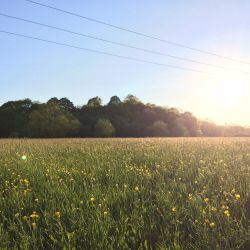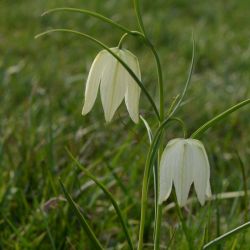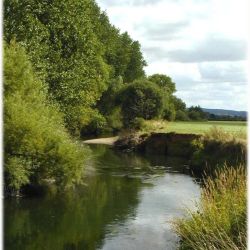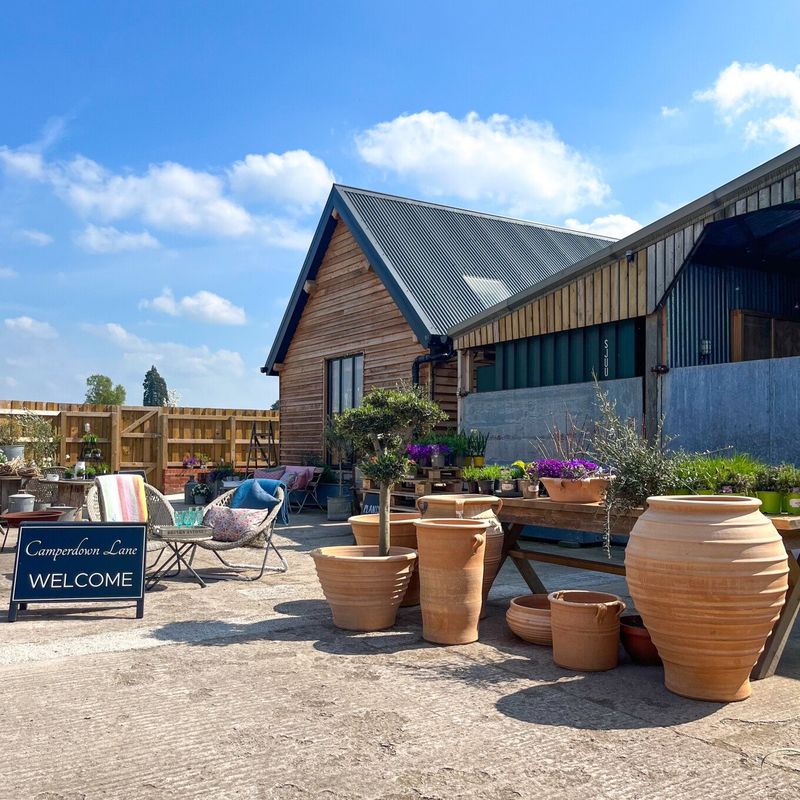Lugg Meadow Nature Reserve, Herefordshire Wildlife Trust
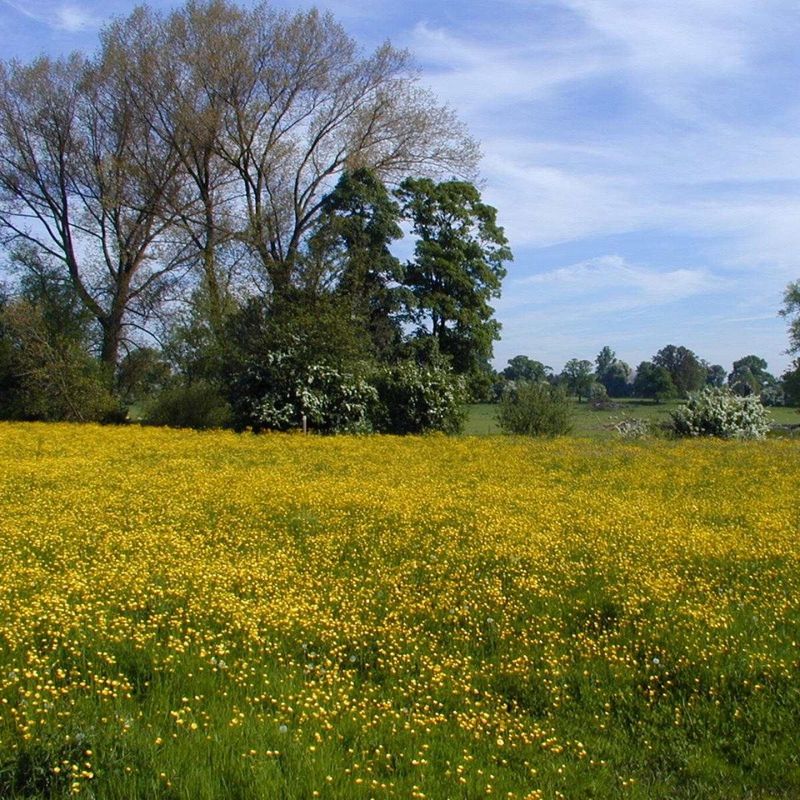
Our Golden Apple businesses support Visit Herefordshire by paying a membership fee.
Our network of members is integral to making Herefordshire such a special place to visit and they are always happy to share their recommendations for the best places to visit, shop and eat.
Click here to learn about our membership.
The Lugg Meadow stretches for 330 acres and is the largest surviving Lammas Meadow in the country - though it was once much larger.
The land is grazed by Commoners’ livestock until Candlemas on the 1st of February. The land then reverts to private ownership and between Candlemas and Lammas Day on 1st August, the owners can take a cut of hay from their various strips and parcels of land, marked by dole stones. This method of inter-commoning is thought to date back to the Bronze Age.
90 Dole Stones still stand in the meadow. These were used to mark the strips which were allocated out to the Commoners. Each stone is marked with a name, or initials, and date.
Lugg Meadow is well know for the rare flower the snake’s head fritillary - a spectacular species of plant with beautiful chequered purple, pink, or pure white flowers springing from bulbs during April and May. Then, in summer the meadow becomes a field of gold as swathes of buttercups appear.
Other wildlife to look out for are orange-tipped butterflies can be seen in the meadow from April; curlew, which arrive at the meadow in early spring, though few pairs now stay to breed, sadly and banded demoiselles, metallic blue damselflies with broad, dark blue patches on each wing. Along the riverside, keep a look out for kingfishers. Otter are also regularly sighted.
Please note that some areas of the meadow are restricted access during the breeding bird season.
Entry Cost
Hours

